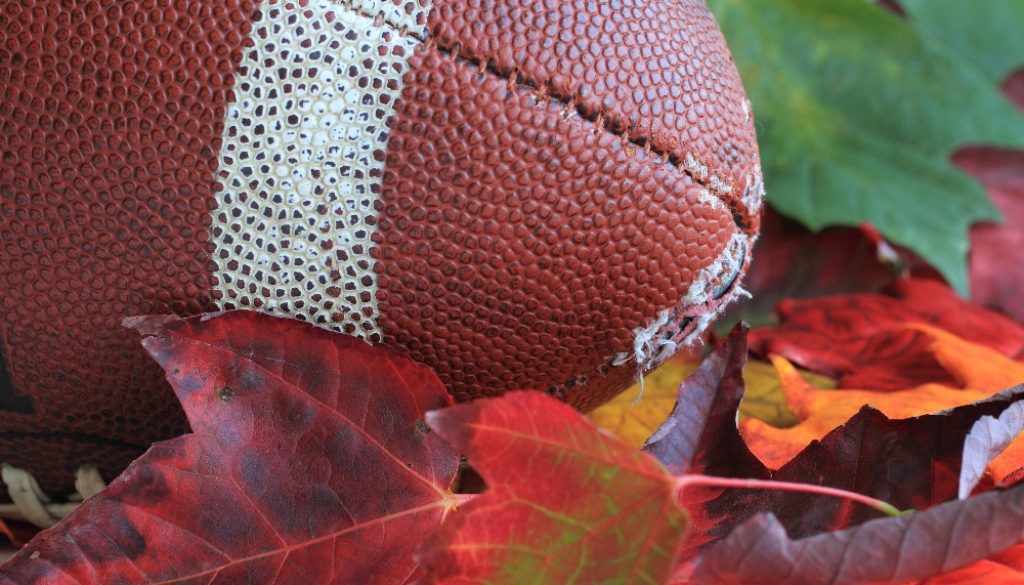Quel sera l’impact de la directive COVID-19 sur le sport universitaire ?
In March, the COVID-19 pandemic upended college and university life, with nearly all higher education institutions across the United States suspending in-person classes, encouraging students to move off-campus or return home, and canceling all student events, including college sports. Looking ahead toward the fall of 2020, the future of college sports remains uncertain, with many major conferences canceling events and others hoping to move forward with the season. Since there is a lack of a centralized governing body for college sports, each individual college or university must decide based on the unique regional risk factors, ability to meet CDC recommendations, and opinions from student-athletes or coaches.
While colleges and universities have spent recent months largely focused on ensuring students can continue their education, many have also begun to issue plans for college athletics. Each sport and league is governed by different procedures and policies, but all are facing the same concerns regarding the spread of COVID-19. On Aug. 11, the Big Ten and Pac-12 were the first marquee football conferences to postpone their plans to play over the fall, citing coronavirus concerns, as per the New York Times. These two conferences were among the first to determine sports would be unsafe given recent surges of COVID-19. Given the conferences’ influence, it’s likely other leagues planning resumes in late September could change course as well.
COVID-19 hasn’t just disrupted games and competitions – the extra safety precautions have also made workouts and practices difficult, even for colleges or universities who have reported few cases. For example, UConn’s football team has continued to meet and practice while adhering to strict safety protocol, including daily symptom screenings and over 200 coronavirus tests, according to the New York Times. While the team hasn’t reported a single COVID-19 case, the virus has been disruptive enough that the prospect of a game feels uncertain, with up to ten players out with symptoms that could be as mild as the sniffles on any given day.
How Will COVID-19 Impact College Sports In the Fall?
The National Collegiate Athletic Association (NCAA) Board of Governors issued a statement in August, expressing concerns about moving forward with the Fall sports season as high-rates of COVID-19 infection continued across the nation. The board determined that it would only allow colleges or universities to move forward with fall championships and other postseason play if specific requirements were met. Among the recommendations for teams and leagues attempting to move forward with sports or other events. These conditions included:
- All fall sports activity (preseason, regular season, and postseason) must follow the recently released return-to-sport guidelines from the NCAA Sport Science Institute. These guidelines include COVID-19 testing requirements, outdoor training requirements, increased hand sanitation, and a mandatory 14-day quarantine for any player with high exposure to the virus.
- All NCAA member’s schools can only move forward in line with federal, state, and local COVID-19 guidelines or measures.
- All student-athletes must be allowed to opt-out of participation due to concerns about contracting COVID-19. If a college athlete chooses to opt-out, that individual’s athletics scholarship commitment must be honored by the college or university.
- Member schools, in conjunction with existing insurance standards, must cover COVID-19 related medical expenses for student-athletes to prevent out-of-pocket expenses for college athletes and their families.
The NCAA also decided that if 50% or more of eligible teams in a particular sport within a division cancel their fall season, there will be no fall NCAA Championship in that sport or division. If fall championships are canceled or postponed for any division, the decision to reschedule will be based on available scientific data regarding COVID-19, as well as other considerations, such as the ability for teams to convene for practices or workouts. The NCAA board based their requirements and recommendations on information from a COVID-19 advisory panel made up of leading public health, medical, and epidemiological experts. Divisions are all required to make a decision about moving forward with the season and championships by August 21.
Before the announcement from Big Ten and Pac-12, certain leagues and institutions had already announced that sports would not go forward in the fall of 2020. In May, the California Collegiate Athletic Organization announced that it would cancel fall sports for all 12 schools, including San Francisco State, Sonoma State, Humboldt State, and Cal State Los Angeles, as per Campus Safety Magazine. The announcement is not a major surprise given that the California State University System announced plans to move forward with a fully remote fall in May. Meanwhile, the Ivy League Council of Presidents also announced that fall sports would be canceled, halting athletics at schools such as Harvard College, Yale University, Princeton University, Brown, Cornell, UPenn, and Dartmouth College.
Football season is ultimately still in limbo – while Big Ten and Pac-12 conferences are postponed, other conferences such as the Big-12, the Atlantic Coast, and Southeastern Conferences stood by ambitions to move forward with the sport next month, showing just how divided college sports leaders are. Other schools, such as the University of Texas, have tentative plans to move forward with games at 50% stadium capacity, while other states, such as New York, have decreed college sports gatherings able to move forward without audiences or crowds. Postponement and cancellation remain more likely amid recommendations from epidemiologists and public health experts, with hopes to resume the season and play in the spring of 2020, provided there are more effective treatments or vaccines.
No matter what your college or university’s plan for the fall season may be, it’s critical to keep students, coaches, on-site nurses, or physical therapists, informed of any changes or updates. The NCAA recommendations even call for compulsory communications with athletes, a requirement that can be easily met with a mass notification system. Administrators can use the tool to reach athletics departments via text, voice call, email, or digital signage to keep the community informed of any changes to the upcoming sports season as the COVID-19 situation continues to develop.
SMS opt-in can also be useful for expanding the reach of your mass notification system, allowing college athletes to opt-in to updates related to their sport. For example, students will be able to text a keyword, such as FOOTBALL, to a designated number, and receive targeted updates about the college football season. Additionally, this feature can be valuable for colleges or universities continuing to hold practices or workouts with COVID-19 restrictions. If a student-athlete reports a positive case, coaches can reach other team members quickly to encourage a self-quarantine or connect them with resources.





